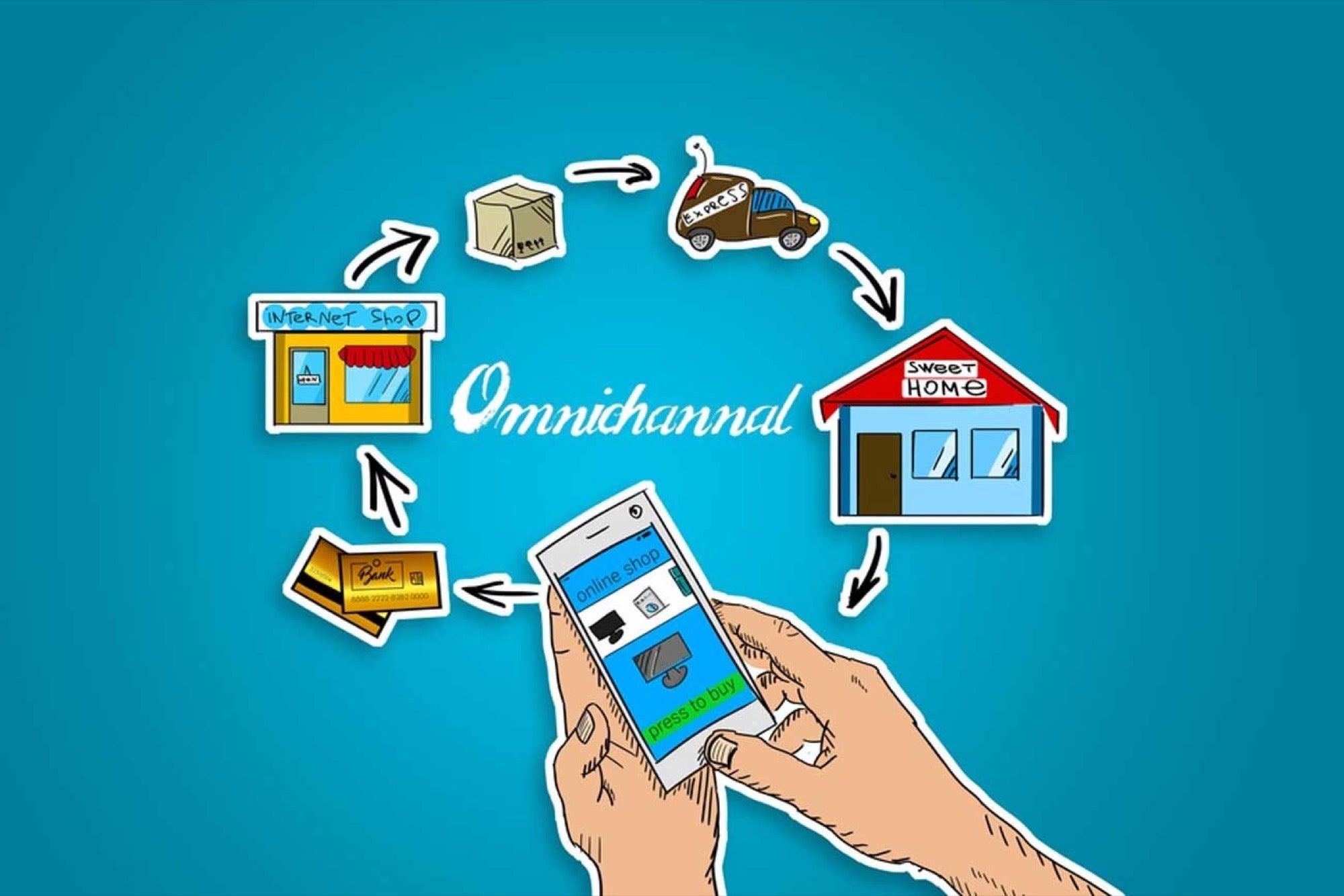Online to Offline - A Forced Category or a Product of Evolution? Sadly, this is where the essence of innovation starts depleting in the ecosystem eventually proving it to be a bubble rather than being a self-evolving ecosystem.
Opinions expressed by Entrepreneur contributors are their own.
You're reading Entrepreneur India, an international franchise of Entrepreneur Media.

The Indian startup ecosystem is definitely going through thick times. I wouldn't contradict the investor mindset, where they are ultra-careful choosing the sector and the industry they want to bet on. If I was them, I would be tempted to put my hard earned money on a horse (refer category here) which has already won a few races. Sadly, this is where the essence of innovation starts depleting in the ecosystem eventually proving it to be a bubble rather than being a self-evolving ecosystem. An ecosystem which continuously works on changing the way we live, communicate, commute, work, shop, and almost everything else.
Starting with e-commerce in specific today, I have tried to summarize its impact on the overall consumer shopping process, thus giving rise to a new category (may be distant, but huge) online to offline.
1. The birth of online to offline
Check out this Omnichannel Shopping Preferences study—the latest addition to A.T. Kearney's ongoing study of the evolution of omnichannel commerce—physical stores are clearly customers' preferred shopping channel and a place where the most significant consumer and retailer value continues and will continue, to be created.
On the other hand, in last decade or so, Online shopping has created a huge base of internet users who now search for products online. Their information gathering process or call it the research phase is fed by online searches (primarily google) and by browsing the huge catalog of the e-commerce giants.
This gives rise to a new category (online to offline) where shoppers are engaged in a digital platform influencing their behavior in offline shopping. Though the user remains the same in both ecosystems, the expectations and behaviors vary.
2. Does the internet have any influence on offline sales?
Consider this report by Statista.com – the internet influenced sales in US offline apparel stores has seen a tremendous growth in last 8 years. From only 11% in 2008, up to as high as 76% in 2016; internet's influence on offline shopping is growing driven by the increase in internet users along with the availability of content.
3. The evolving role of brick and mortar stores
While online delivers ease of browsing catalogs, and convenience via door step delivery. Offline continues to be the platform where shoppers try products, take a feel of the fabric, material it is made of, be surer etc. Offline is the place where they can see the visual merchandising of the store, feel what the brand is all about. Brick and mortar is the place where you "research" and "choose" the product and or the brand. Once that is done, the purchase can then be made online and or offline, depending on the Omni-channel strategy respective brands choose to operate on. A strategy that acknowledges the co-existence of Online and offline channels ensuring consistent and intelligent shopper experience.
4. Evolving role of online – from transaction to engagement
Like it or not, we are all spending more time online these days and it's only growing with every passing day. Apart from the utility transactions, most of time is spent absorbing content of various nature. The amount of time spent online on activities which are non-transactional in nature is growing. Thanks to the highly competitiveIndian telecom industry the cost of "data" is going down and thus the consumption of online content is only going to go upwards.
In such a scenario, online evolves as a channel, playing a major role in shopper engagement driven by personalization and relevant content.
5. How to stitch them together?
Considerable startups are working on various models using technology and the World Wide Web to connect the online and the offline worlds to get the best of both – deal discovery, hyper-local are few startup categories to mention. While drafting your "online to offline" strategy, it's very important to consider the evolved role of online channel – shopper engagement and give it priority over a mere transaction.
Though the answer lies in future; as per my opinion online to offline is still at a nascent stage and the time has come for it to start opening up. Many players in this space have taken their own position and now it's up to the consumer to choose which way to go.










